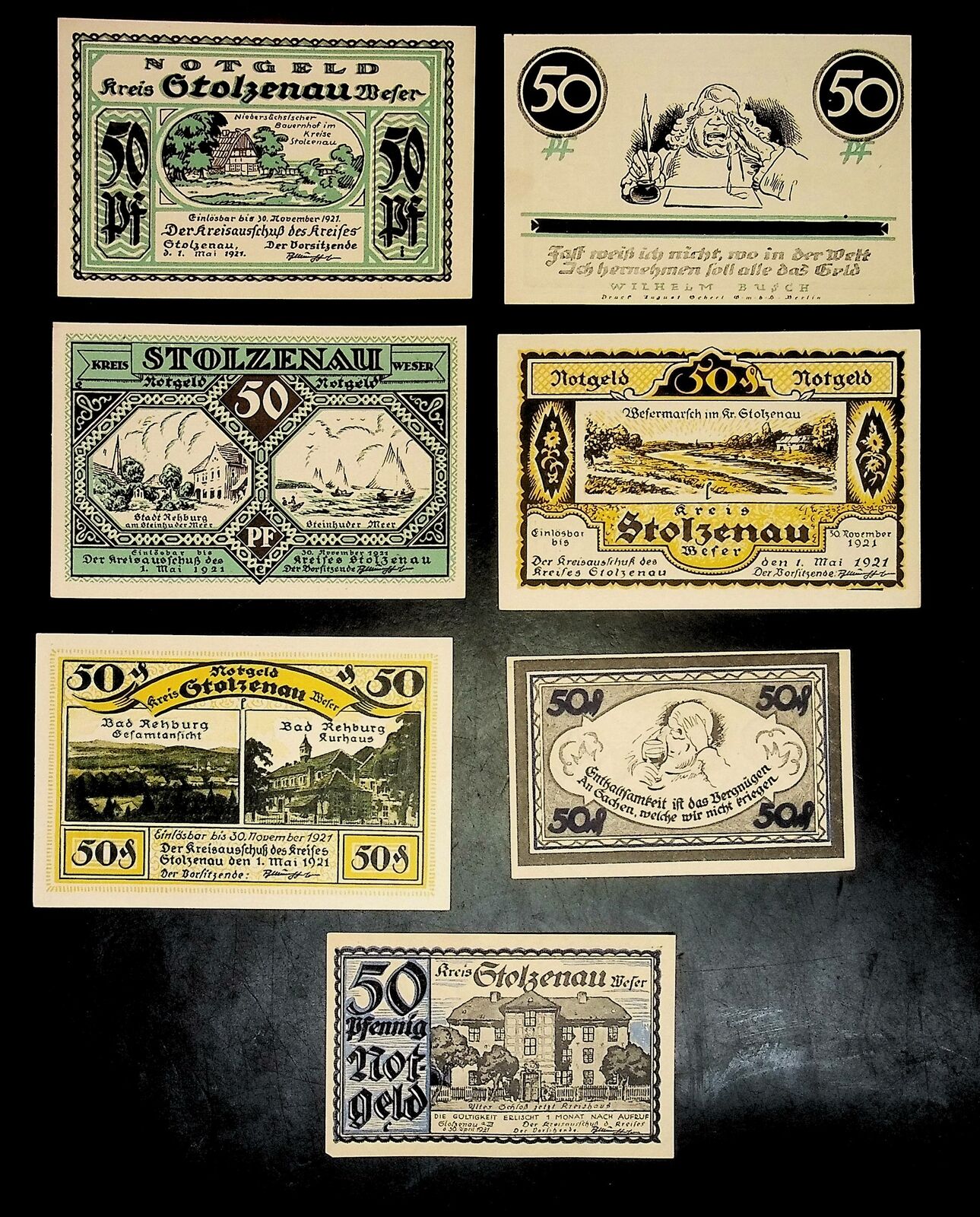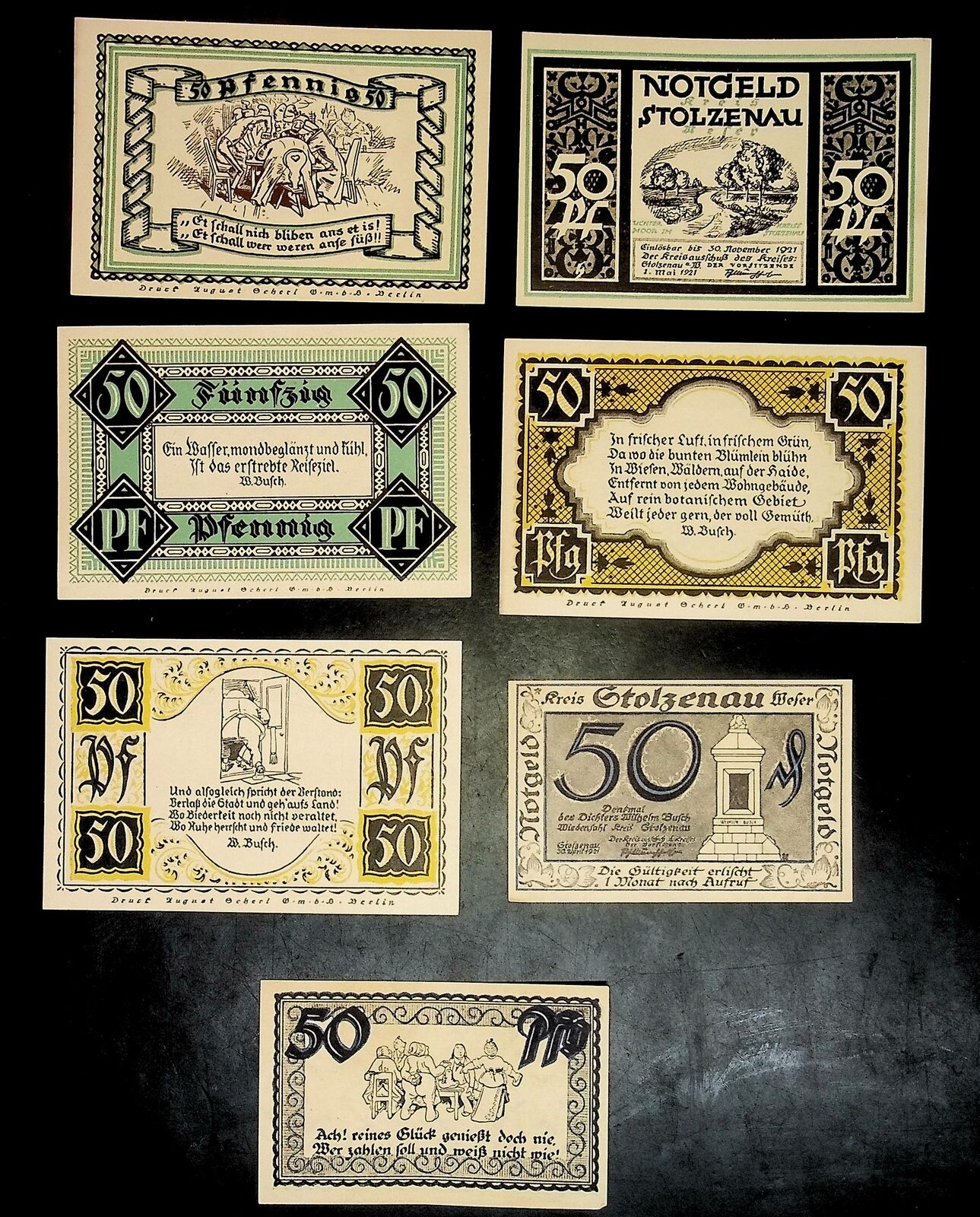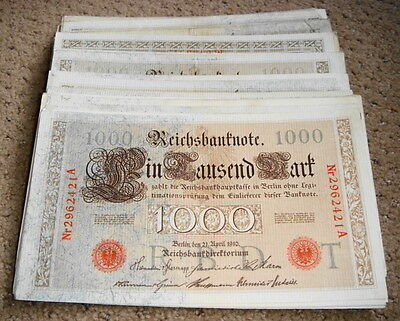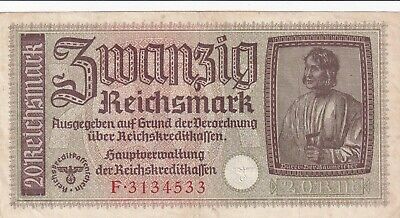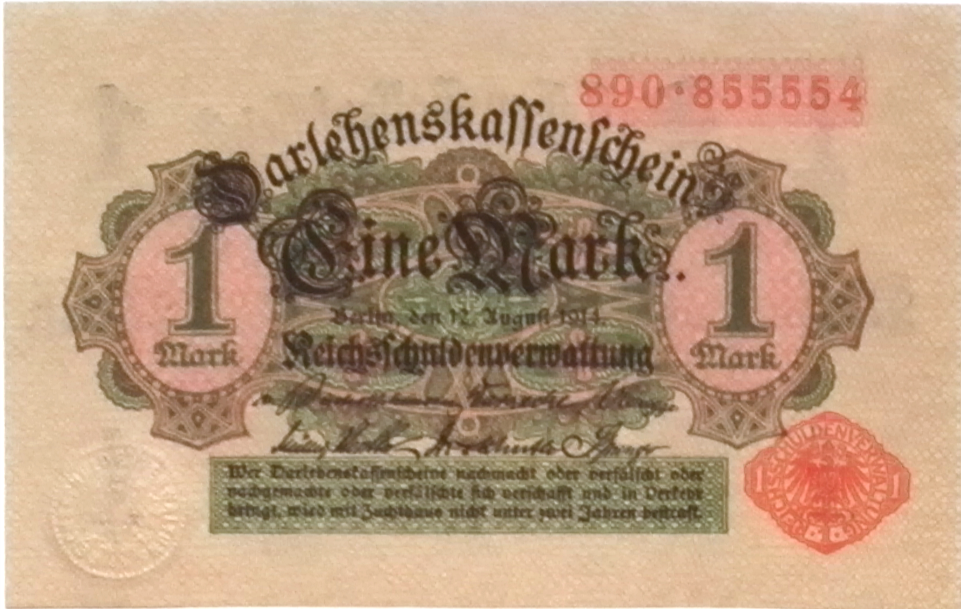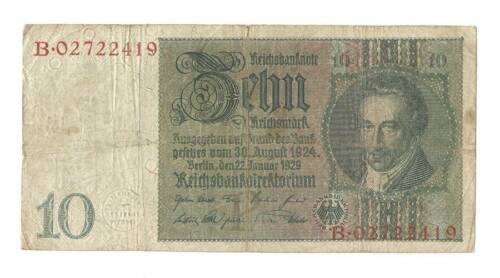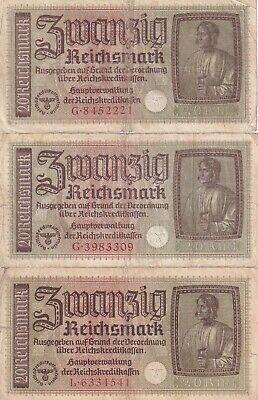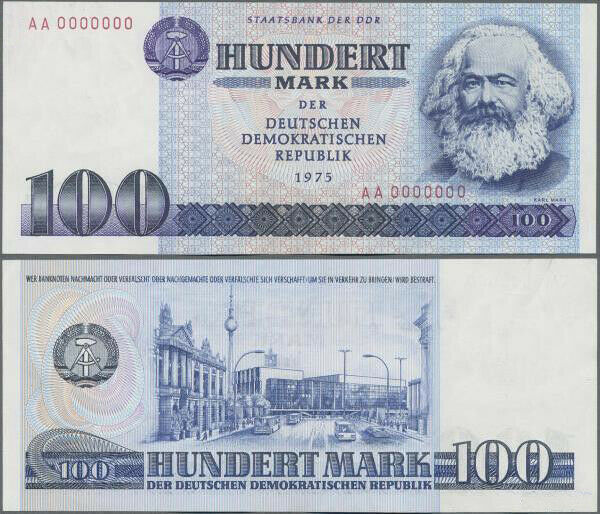-40%
1921 Germany STOLZENAU 50 Phennig Banknote / Notgeld
$ 14.78
- Description
- Size Guide
Description
Notgeld is quite possibly the most beautiful currency around, which is why it’s so popular with collectors.Notgeld comes in thousands of designs, all of which have beautiful colors or tell small stories in a tiny space. For any kind of currency, notgeld is remarkably colorful. Notgeld can be printed as a banknote, coin, or in another form. During World War I, German villagers started making their own, local currency. Inflation had caused the material of coins to have a higher value than the coins’ denominations, causing people and businesses to start hoarding the coins. Said metals were also needed for war supplies, making coins less common and paper banknotes more practical.Towns and villages started making their own currency. The first notgeld wasn’t so exciting; the issues were not colorful and existed only for practical purposes. However, later notgeld featured local buildings and landmarks, making each kind of notgeld more personal for locals.If a German banknote hasReichbanknote
written on it, it’s a note created by the state and is not notgeld.
Soon, collectors noticed notgeld for its lovely colors. Printers started making sets even after they ceased to meet any economic demand. These were the more colorful sets, which included local folklore stories. These sets, which didn’t go into circulation, were called
Serienscheine
. They were produced up until 1922.Germany saw a hyperinflation starting in 1922, causing the need for new runs of notgeld in order to keep up with inflation. But soon other materials became their own kinds of notgeld, like wheat, rye, sugar, coal, or gold, as pieces with a fixed value.
BOOK 2
YOU ONLY PAY SHIPPING ONCE FOR INTERNATIONAL ORDERS PLEASE ASK ME ABOUT COMBINE SHIPPING
